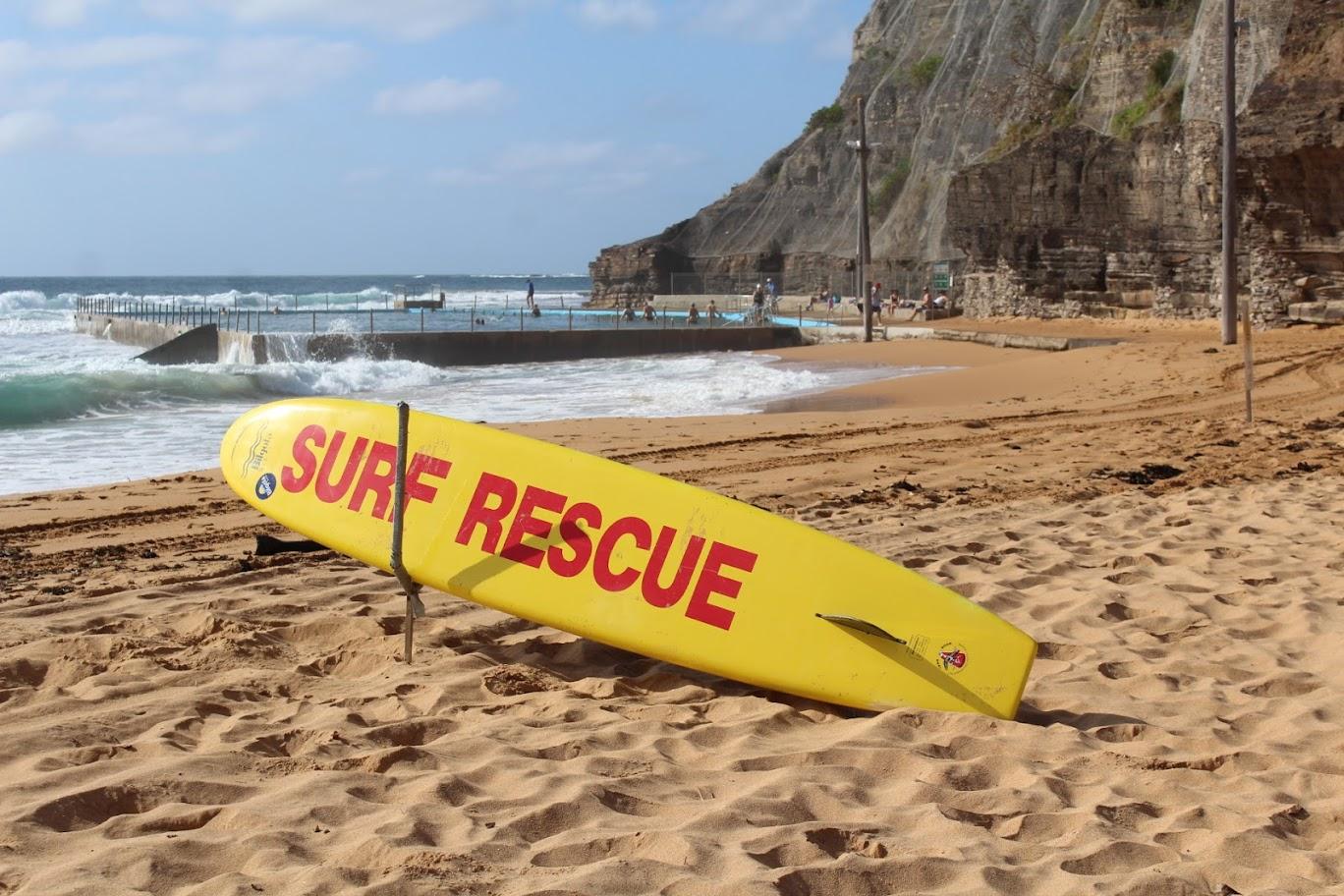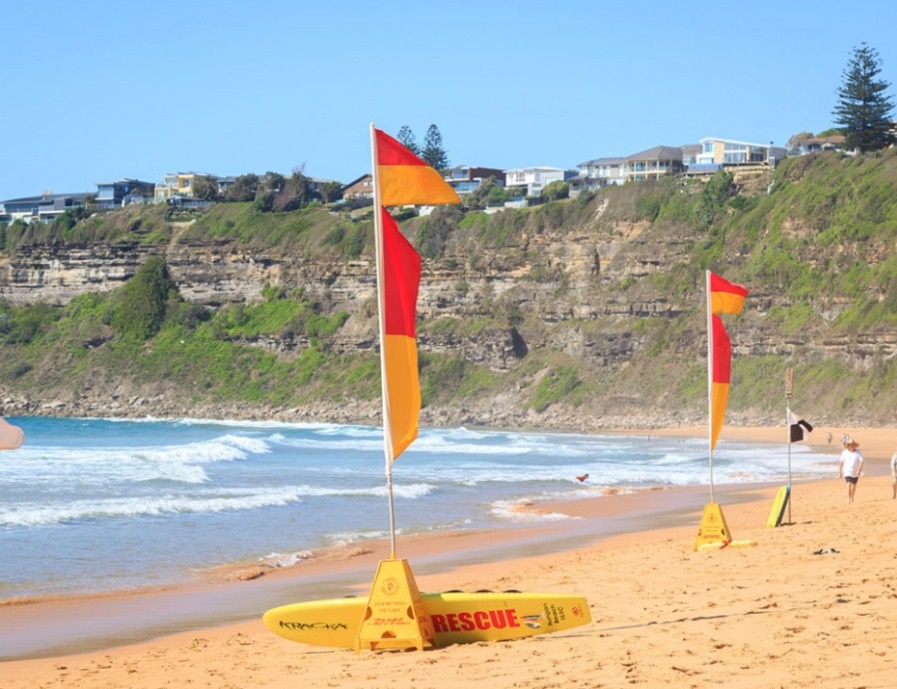Surf Life Saving Australia releases National Coastal Safety Report 2025

On Friday October 24 Surf Life Saving Australia (SLSA) released the National Coastal Safety Report for 2025, revealing a tragic rise in coastal drowning deaths across the nation, with older Australians emerging as the group most at risk.
In the past year, 154 lives were lost to drowning on Australia’s coast, the highest number ever recorded, accounting for 43% of all national drowning deaths (n=357).
Alarmingly, every incident occurred outside of the red and yellow flags, patrol times, or at unpatrolled locations, highlighting the ongoing dangers of swimming, surfing, or recreating in unsupervised coastal areas.
The report found that more than half (55%, n=85) were aged 55 years or older, with 1 in 4 coastal drowning deaths amongst 60–69-year-olds (25%, n=38).
Last season, surf lifesaving services completed more than 2.19+ million preventative actions, performed more than 8,200 rescues, contributing an estimated $9 billion in value to the community.
Without the interventions of our surf lifesavers and lifeguards, there would have been at least an additional 1,500 coastal drowning deaths last year alone.
Surf Life Saving Australia’s National Research Manager, Dr Jaz Lawes said:
“Every life lost on our coastline is tragic, and last year we were alarmed to record our highest ever number of drowning deaths.
“Our coast continues to be a central source of joy and connection for millions of Australians and international visitors, but these statistics show that we must do more to keep our older community members safe when they visit the beach or other coastal environments.”
Lawes noted that a worrying trend in the data was people enjoying the coastline alone.
“Drowning risk increases when older adults are by themselves and have pre-existing medical conditions.
“No one plans to get in trouble, and as we get older, we may no longer have the skills we once had, to get ourselves out. We also know that many drowning incidents happen when people are alone, which means there is no one who can call for help. That’s why social connection and regular participation with others are key to reduce drowning risk.”
To help address this growing concern, Surf Life Saving Australia is calling on older Australians to get involved in the Silver Salties program, a national initiative designed to get older Australians engaged with their local Surf Life Saving Clubs.
Silver Salties encourages older adults to stay active, connected, and confident around the water through inclusive and enjoyable physical activities. Programs can include traditional surf lifesaving skills, gentle beach fitness, swimming, walking, yoga, or other recreational pursuits delivered at the beach, pool, clubhouse, or nearby park.
“Silver Salties is about more than just exercise, it’s about community. You don’t need to be a surf lifesaver to get involved – it’s for everyone,” said Lawes.
“We want older Australians to feel welcome at their local surf life saving club, to build friendships, learn about coastal safety, and enjoy being part of a community again.”
Each club has the flexibility to design Silver Salties programs that reflect their local environment, capacity, and membership. Activities are led by qualified instructors, club volunteers, or external providers, and can run at different times throughout the year.
“By promoting connection with and between older Australians through programs like Silver Salties, we’re not only improving physical wellbeing but also creating social networks that can help prevent tragedy.
“Everyone deserves to feel safe and supported when they enjoy Australia’s incredible coastline.”
Surf Life Saving Australia is urging all Australians, particularly those aged 55 and over, to swim between the red and yellow flags, avoid going alone, and get involved with their local Surf Life Saving Club.
NATIONAL COASTAL SAFETY REPORT
- Coastal drowning deaths hit a tragic record –154 lives lost, making up 43% of all national drowning deaths (n=357). Every drowning death happened outside of the red and yellow flags, patrol times, or at unpatrolled locations.
- Older Australians at highest risk: 55% of drowning deaths were of people aged 55 years or above (n=85), with 1 in 4 among 60–69-year-olds (25%, n=38).
- Males were 6.8 times more likely to drown than females, comprising 87% of the drowning burden.
- Drowning risk more than tripled (3.3 times) during public holidays and long weekends.
- Most coastal drowning occurred during summer (40%, n=62), while December and April showed spikes 127% and 53% above average respectively.
- Swimming/wading was the deadliest coastal activity, accounting for 32% of drowning deaths.
- As the number one coastal hazard, rip currents remain deadly – they were responsible for at least 37% of beach drowning deaths.
These numbers are shocking, but would have inevitably been much higher without the incredible efforts of Surf Life Saving services.
Last year, our volunteer surf lifesavers and the Australian Lifeguard Services performed:
- 8,207 rescues
- 19 million preventative actions
- 65,942 first aid treatments
- Delivering community services valued at over $9 billion.
SAFETY MESSAGING
STOP
- Before you enter the water
- Wear a lifejacket when boating, rock fishing or paddling
- Don’t go alone
LOOK
- For the red and yellow flags, if they’re on the beach swim between them
- For signs and warnings about the area
- At the conditions and weather forecast
- For rip currents and other dangers
- Always supervise children in, on and around water
STAY ALIVE
- Assess the conditions based on your own ability
- If it’s unsafe, don’t swim
- Avoid alcohol and drugs around water
- Complete the online Beach Passport for basic training and education on water safety and visit beachsafe.org.au to find a patrolled beach and for the latest safety advice.

Bungan Beach SLSC Active volunteer Patrol Members. Photo: Bungan Beach SLSC
STATE COASTAL DROWNING STATISTICS 2024/25
NEW SOUTH WALES
- patrolling members – 21,603
- of rescues – 3,494
- of preventative actions – 1,087,710
- of first aid treatments – 24,944
- Volunteer patrol hours – 681,922
- Value to community – $4.3+ billion
- 52 coastal drowning deaths were recorded in 2024/25— a 15% decrease from last year and 13% above the ten-year average.
- All coastal drowning deaths occurred at unpatrolled locations, outside patrol hours, or away from the red and yellow flags.
- Males accounted for 88% of coastal drowning deaths.
- Individuals aged 55 and over made up 44% of NSW coastal drowning fatalities.
QUEENSLAND
- patrolling members – 9,398
- of rescues – 2,355
- of preventative actions – 617,666
- of first aid treatments – 35,142
- Volunteer patrol hours – 344,789
- Value to community – $2.5+ billion
- 31 coastal drowning deaths were recorded in 2024/25— a 35% increase from last year and 15% above the ten-year average.
- All coastal drowning deaths occurred at unpatrolled locations, outside patrol hours, or away from the red and yellow flags.
- Males accounted for 87% of coastal drowning deaths.
- Individuals aged 55 and over made up 65% of QLD coastal drowning fatalities.
VICTORIA
- patrolling members – 6,165
- of rescues – 1,011
- of preventative actions – 356,236
- of first aid treatments – 1,621
- Volunteer patrol hours – 198,008
- Value to community – $1.3+ billion
- 20 coastal drowning deaths were recorded in 2024/25— a 23% decrease from last year and 5% above the ten-year average.
- All coastal drowning deaths occurred at unpatrolled locations, outside patrol hours, or away from the red and yellow flags.
- Males accounted for 85% of coastal drowning deaths.
- Individuals aged 55 and over made up 40% of VIC coastal drowning fatalities.
WESTERN AUSTRALIA
- patrolling members – 5,508
- of rescues – 1,072
- of preventative actions – 113,724
- of first aid treatments – 3,007
- Volunteer patrol hours – 121,368
- Value to community – $663+ million
- 27 coastal drowning deaths were recorded in 2024/25— a 35% increase from last year and 37% above the ten-year average.
- All coastal drowning deaths occurred at unpatrolled locations, outside patrol hours, or away from the red and yellow flags.
- Males accounted for 81% of coastal drowning deaths.
- Individuals aged 55 and over made up 59% of WA coastal drowning fatalities.
SOUTH AUSTRALIA
- patrolling members – 2,724
- of rescues – 170
- of preventative actions – 6,855
- of first aid treatments – 851
- Volunteer patrol hours – 98,257
- Value to community – $71+ million
- 18 coastal drowning deaths were recorded in 2024/25— a 125% increase from last year and the ten-year average.
- All coastal drowning deaths occurred at unpatrolled locations, outside patrol hours, or away from the red and yellow flags.
- Males accounted for 89% of coastal drowning deaths.
- Individuals aged 55 and over made up 72% of SA coastal drowning fatalities
TASMANIA
- patrolling members – 796
- of rescues – 47
- of preventative actions – 1,934
- of first aid treatments – 144
- Volunteer patrol hours – 21,898
- Value to community – $19+ million
- 5 coastal drowning deaths were recorded in 2024/25, a 50% decrease from last year, and a 17% decrease from the ten-year average.
- Three-year coastal drowning data: 18 coastal drowning deaths were recorded between 2022/23 and 2024/25, a 14% decrease from the previous 3-year period.
- All coastal drowning deaths occurred at unpatrolled locations, outside patrol hours, or away from the red and yellow flags.
NORTHERN TERRITORY
- patrolling members – 113
- of rescues – 58
- of preventative actions – 10,579
- of first aid treatments – 233
- Volunteer patrol hours – 3,222
- Value to community – $49+ million
- 1 coastal drowning death was recorded in 2024/25, which is equal to last year and a 50% decrease from the ten-year average.
- Ten-year coastal drowning data: 18 coastal drowning deaths were recorded between 2015 and 2025.
- All coastal drowning deaths occurred at unpatrolled locations, outside of patrol hours, and away from the red and yellow flags.